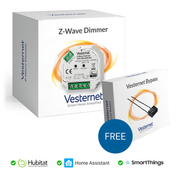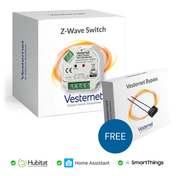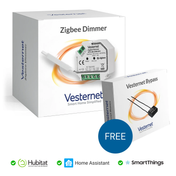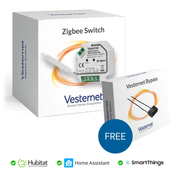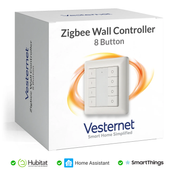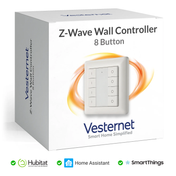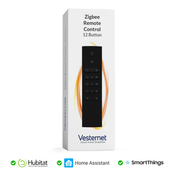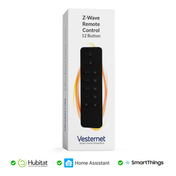Imagine a home that adapts to your needs, saves energy, and keeps you safe – all with minimal effort from you. This dream can become a reality with smart home sensors. These innovative devices can detect changes in your home environment and communicate with other smart devices to automate tasks or send alerts. In this blog post, we’ll explore the world of smart home sensors, the science behind them, how smart home sensors work, and how they can be integrated with other devices for maximum convenience and efficiency.
Key Takeaways
-
Smart Home Sensors are devices that monitor and automate tasks in the home for energy savings, security, and health.
-
Different types of Smart Home Sensors use various technologies like infrared or ultrasonic to detect changes in their environment.
-
Consider compatibility with existing devices, installation/setup process, price & value when selecting sensors for your needs.
Understanding Smart Home Sensors
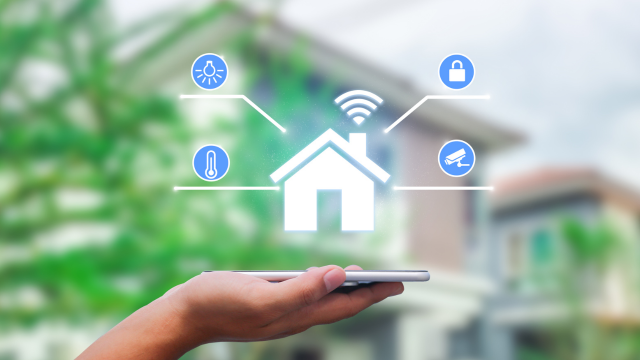
Smart home sensors are devices that monitor various aspects of your home environment, such as temperature, motion, and light, and interact with other smart devices to automate tasks or send notifications. For instance, a motion sensor can detect when you leave the house in the morning and automatically shut off the heating and lights, saving energy and money.
These sensors can also improve safety and security. A smart home sensor can detect water leaks near vulnerable areas like hot water tanks or under sinks and send alerts to your smartphone, preventing costly damage. In addition, smart security sensors can provide an extra layer of protection by detecting movement in your home and notifying you of any potential issues.
Check out our blog post on the best smart home sensors before you buy.
Types of Smart Home Sensors
There is a wide range of smart home sensors available, including:
-
Motion sensors
-
Temperature sensor
-
Light sensors
-
Water leak sensors
-
Door/window sensors
-
Air quality sensors
These sensors serve a unique purpose and contribute to a more efficient and secure living environment. For example, motion sensors are widely used for security and automation purposes, automatically activating lights or alerting homeowners of potential intruders.
Door and window sensors use magnetic switches to detect when they are opened or closed, providing an immediate notification for enhanced security. Water leak sensors can be placed near water heaters, dishwashers, sinks, and other areas at risk for leakage, helping to prevent water damage. Light sensors can automatically turn off lights when not in use, saving energy and reducing electricity bills.
How Sensors Communicate
Smart home sensors communicate with other devices using wireless protocols like Wi-Fi, Zigbee, and Z-Wave. These protocols enable sensors to connect to smart home hubs or other devices, such as smart speakers or smart-home platforms like Apple HomeKit.
A smart home hub acts as a central point of control for all connected devices, allowing them to communicate and work together seamlessly. However, ensuring compatibility between your sensors and your smart home ecosystem is essential. Some Wi-Fi-only sensors may be limited in their ability to communicate with devices outside their ecosystem.
The Science Behind Smart Sensors
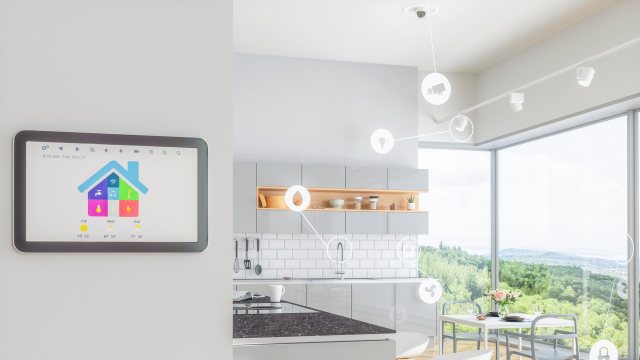
Smart sensors use various technologies to detect changes in their environment and convert these changes into electrical signals that can be processed and analyzed. For instance, motion sensors use infrared technology to detect movement, while ultrasonic sensors measure distance by emitting sound waves and measuring the time it takes for the waves to bounce back.
The following sections’ll delve deeper into these technologies and how they work in smart home sensors.
Infrared Technology

Infrared technology is commonly used in motion sensors to detect heat signatures emitted by moving objects, such as people or pets. When a person or animal moves within the sensor’s range, the infrared technology detects the change in heat signature and triggers a signal to be sent to other devices. This signal can be used to turn on lights or send an alert to your smartphone.
Ultrasonic Sensing
Ultrasonic sensors emit sound waves and measure the time it takes for the waves to bounce back, determining the distance to an object. This technology is often used in smart home sensors to measure distances, detect obstacles, or monitor the presence of objects within a specific area.
Magnetic Switches
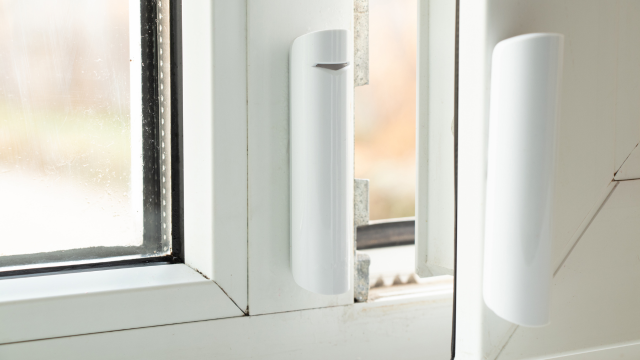
Magnetic switches are used in door and window sensors to detect when they are opened or closed. These switches consist of a magnet and a reed switch, which are placed on the door or window and its frame, respectively. When the door or window is closed, the magnet is near the red switch, closing the circuit.
When the door or window is opened, the magnet moves away from the red switch, breaking the circuit and triggering an alert.
Integrating Sensors with Other Smart Devices
Integrating smart home sensors with other smart devices can unlock their full potential and create a more automated, efficient, and convenient living environment. By connecting sensors to smart home hubs, you can create automation rules and routines that trigger specific actions when certain conditions are met, such as turning on lights when motion is detected or adjusting the thermostat based on occupancy.
In the following sections, we’ll explore how smart home sensors can be integrated with other devices using smart home hubs and automation rules.
Smart Home Hubs
Smart home hubs, such as our very own Vesternet Homeix, Hubitat's Elevation, Amazon Alexa, Google Home, or SmartThings, act as a central control point for all your smart devices, including other smart home devices, enabling seamless communication and control. Connecting your smart home sensors to a compatible hub allows you to manage and automate various devices, such as lights, thermostats, and cameras, all from one central location.
With a smart home hub, you can easily control your home from anywhere in the world. You.
Automation Rules and Routines
Automation rules and routines are customizable triggers that initiate specific actions when predetermined conditions are met. For example, you can set a rule that turns on the lights when motion is detected in a room, or a routine that adjusts the thermostat based on the time of day or occupancy.
These rules and routines can be easily configured through smart home hubs and their associated apps, allowing you to create a personalized, automated living environment.
Practical Applications of Smart Home Sensors
Smart home sensors offer a variety of practical applications that can improve your daily life, from energy management and home security to health and well-being. By understanding and implementing these applications, you can transform your living space into a more efficient, safe, and comfortable environment using smart home technology.
In the following sections, we’ll explore these practical applications in more detail.
Energy Management
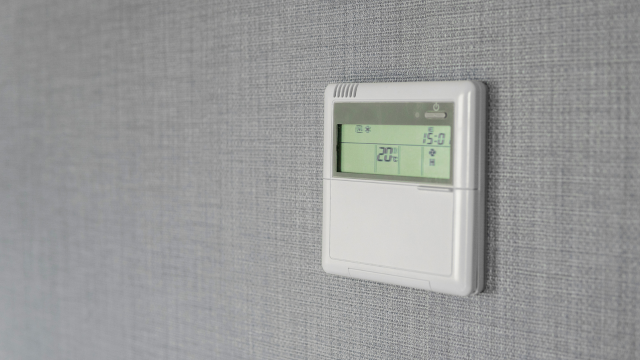
One of the key benefits of smart home sensors is their ability to help manage energy consumption in your home. For example, temperature and light sensors can adjust heating and lighting based on occupancy or time of day, ensuring that energy is used only when necessary. Smart thermostats, as a part of the smart home ecosystem, also contribute to this energy efficiency.
By implementing smart home sensors and a smart thermostat for energy management, you can save money on your energy bills and reduce your environmental impact.
Home Security
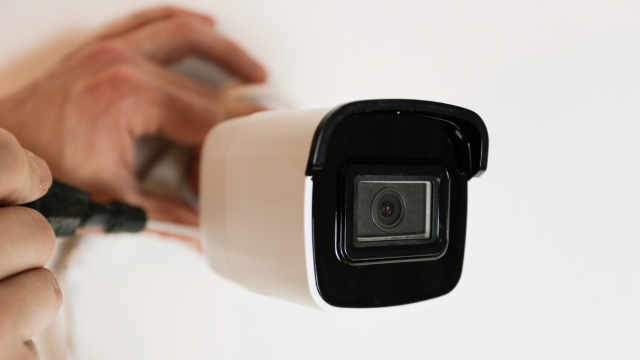
Smart home sensors can greatly enhance the security of your home. Motion sensors can be installed near entry points, and as a motion sensor detects movement, it alerts you of potential intruders. Meanwhile, as part of door and window sensors, door sensors can notify you when they are opened or closed, providing an extra layer of protection.
Additionally, smart cameras can monitor your home environment, sending notifications of any suspicious activity directly to your smartphone.
Health and Well-being
Improving health and well-being is another practical application of smart home sensors. Air quality sensors can detect potential issues and adjust ventilation or air purification systems accordingly, ensuring a healthy living environment.
These sensors can also monitor sleep patterns, detect falls, and provide remote healthcare monitoring for the elderly, further contributing to overall health and well-being.
Choosing the Right Smart Home Sensors for Your Needs
Selecting the right smart home sensors for your needs involves considering factors such as compatibility with existing devices, ease of installation and setup, and price and value for money. You can find the perfect sensors to enhance your smart home experience by carefully evaluating these factors.
In the following sections, we’ll discuss each of these factors in more detail.
Compatibility with Existing Devices
Ensuring compatibility between your smart home sensors and existing devices is crucial for a seamless smart home experience. This involves considering communication protocols and standards, such as Zigbee, Z-Wave, and Matter, as well as ensuring a reliable Wi-Fi connection.
Additionally, it’s important to make sure that the sensors are compatible with your smart home hub.
Installation and Setup
When selecting smart home sensors, look for those with easy installation and setup processes. This may include wireless connectivity and user-friendly apps that guide you through the process.
Furthermore, consider whether the sensors require a specific hub or bridge to connect to the internet and other devices, as this may affect your overall smart home setup.
Price and Value for Money
Finally, it’s important to consider the price and value for money when choosing smart home sensors. This involves balancing features and functionality with your budget and specific needs.
By carefully evaluating the cost and benefits of different sensors, you can make an informed decision that meets your requirements without breaking the bank.
Summary
In conclusion, smart home sensors are essential to modern living, offering numerous practical applications that enhance our daily lives. By understanding the science behind these sensors, integrating them with other smart devices, and choosing the right sensors for your specific needs, you can create a more efficient, secure, and comfortable home environment. Embrace the power of smart home sensors and experience the convenience and peace of mind they bring to your life.
Frequently Asked Questions
How are sensors used in smart homes?
Sensors in smart homes detect fire, water leakage, and intrusion, sending an alert over a wireless link for time-sensitive emergencies. They help protect property and offer peace of mind to users. Smart home sensors provide an extra layer of security and safety, alerting users to potential dangers in their homes. They can detect smoke, water leaks, and intrusions, and send an alert over a wireless link.
How do smart home sensors communicate with other devices?
Smart home sensors use wireless protocols such as Wi-Fi, Zigbee, and Z-Wave to communicate with smart home hubs or other devices.
What are some practical applications of smart home sensors?
Smart home sensors can be used for practical applications such as energy management, home security, and monitoring health and well-being. These sensors can be used to detect motion, temperature, humidity, and other environmental conditions. They can also be used to control lighting, heating, and other appliances. They can even be used to monitor.

